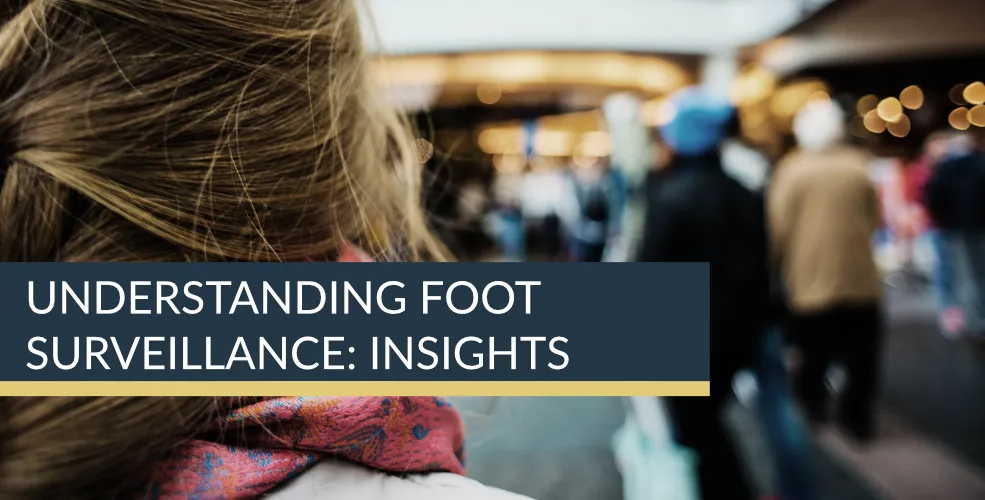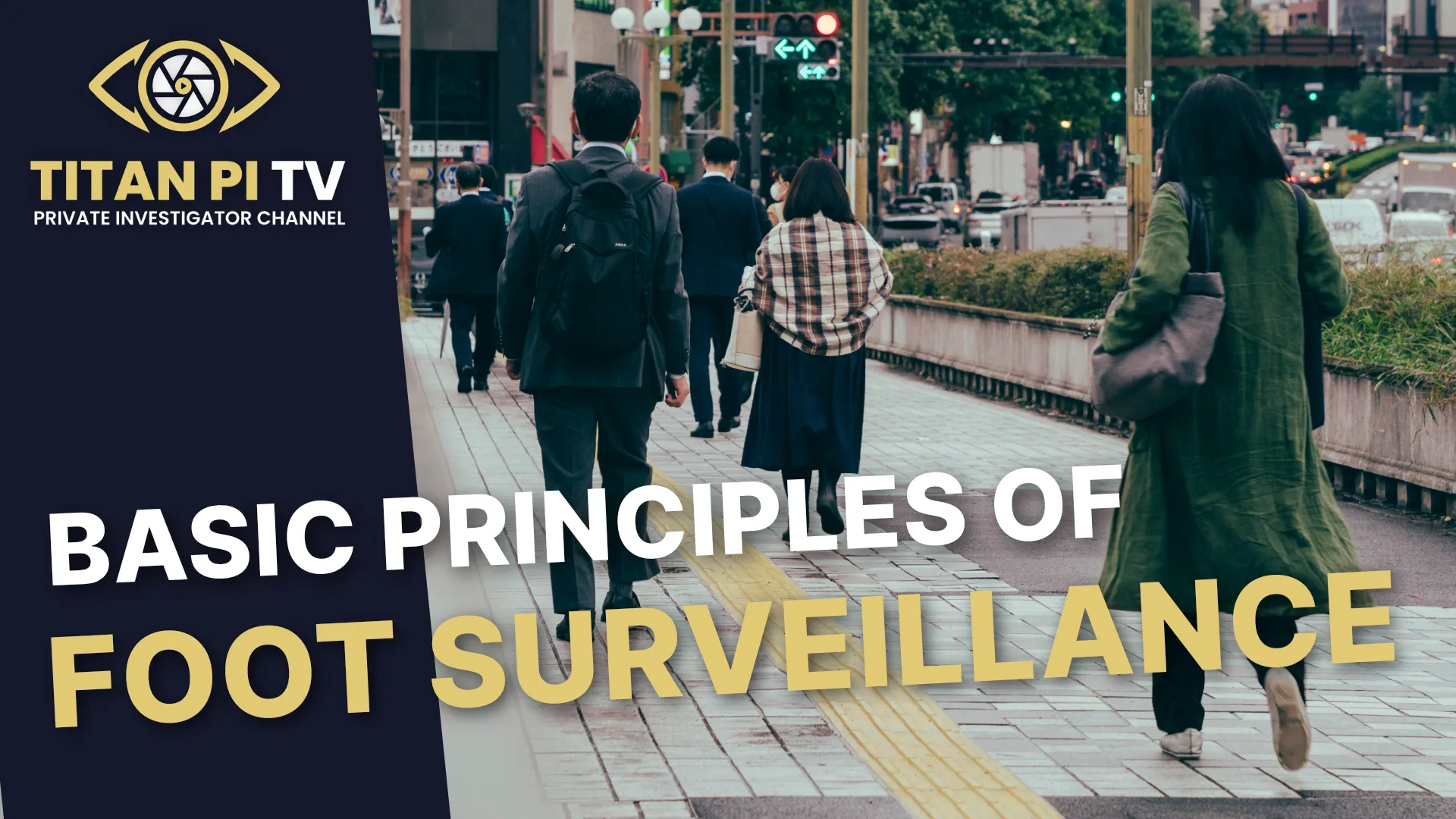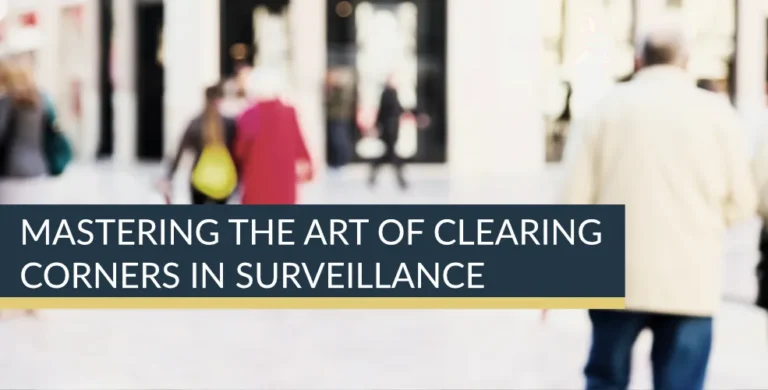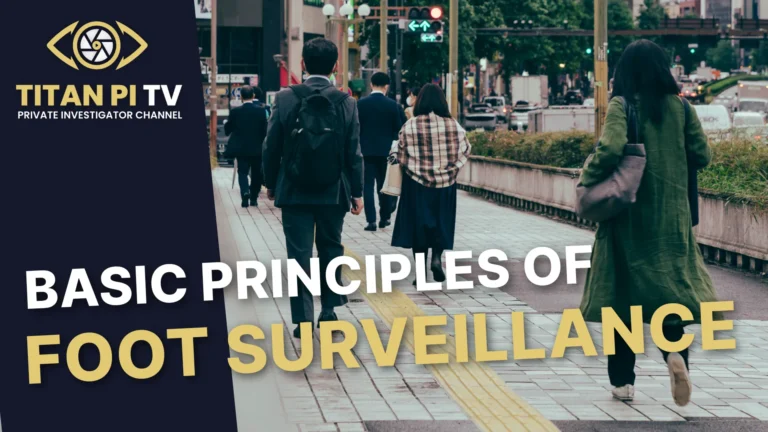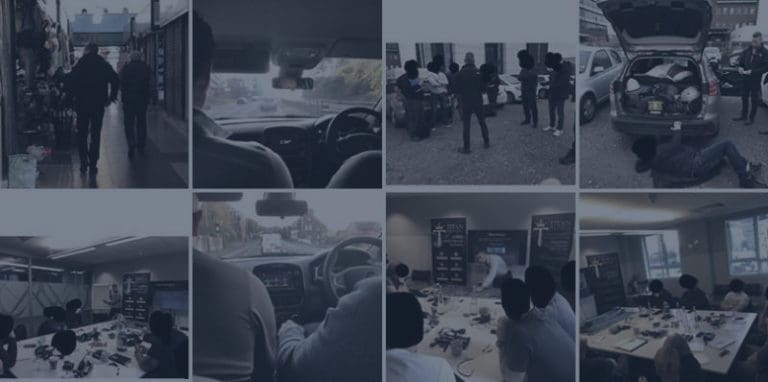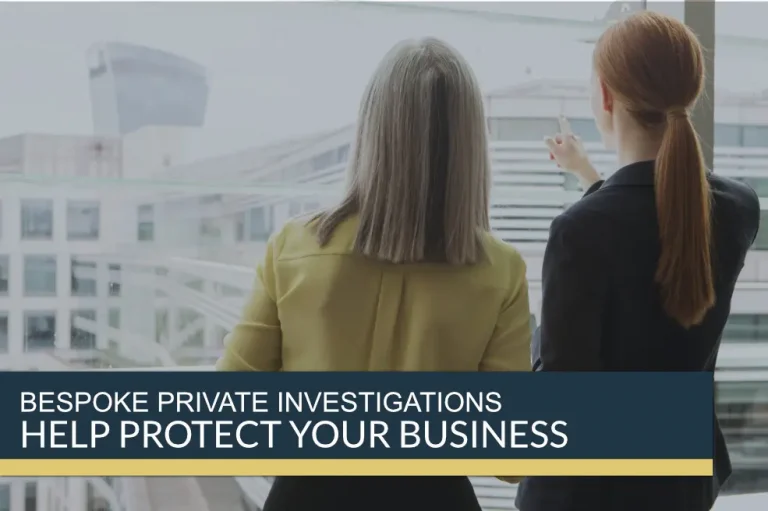Understanding Foot Surveillance: Insights
Basic principles of Foot Surveillance
Foot Surveillance is a critical skill in the world of private investigations and security operations, demanding a blend of tactical knowledge, situational awareness, and strategic planning. This practice involves discreetly following a subject on foot, often through diverse environments, while remaining undetected. Effective foot surveillance requires a thorough understanding of team dynamics, distance management, and the ability to anticipate and respond to potential challenges in real time. Mastery of these techniques is vital for gathering intelligence and ensuring the success of surveillance operations.
The Importance of Team Structure
Effective foot surveillance hinges on the seamless coordination of a well-structured team. The triad format, typically comprising three operatives, is pivotal in ensuring that the surveillance operation remains covert and effective.
- Operative A: Often referred to as the “eyes on” operative, this individual is the closest to the subject and is responsible for maintaining direct visual contact. Their primary role is to observe and report the subject’s movements in real time. To prevent arousing suspicion, Operative A must skillfully blend into the surroundings, adapting their pace and behavior to match that of the subject. They also must remain vigilant to ensure they are not being detected or followed by any potential counter-surveillance efforts.
- Operative B: Positioned strategically behind Operative A, this individual acts as the backup observer. Operative B’s role is crucial when the environment changes, such as when the subject enters a crowded area, a building, or any scenario where the primary observer might lose sight of the subject. By maintaining a slightly greater distance, Operative B can take over the surveillance without losing continuity, ensuring that the operation remains fluid and uninterrupted.
- Operative C: The third operative serves as the support and lookout. Their role is dynamic, often requiring them to take alternative routes, move ahead of the subject, or position themselves at key vantage points. This flexibility allows Operative C to anticipate the subject’s movements, provide advanced warning of potential obstacles, and ensure that the surveillance operation covers all angles without alerting the subject.
Focus and Awareness in Surveillance
The effectiveness of foot surveillance is not solely dependent on maintaining visual contact with the subject; it also requires a high level of situational awareness. Operatives must constantly divide their attention to manage multiple aspects of the operation simultaneously.
- Subject Observation: Approximately 10% of an operative’s focus is directly on the subject. This may seem minimal, but it reflects the need to avoid overt staring, which could betray the operative’s presence. Instead, the operative uses subtle techniques to monitor the subject, such as using reflections in windows, peripheral vision, and relying on the other team members for additional observations.
- Surroundings: Around 45% of the operative’s attention is devoted to what is happening behind and around them. This includes monitoring for potential threats, such as individuals who may be conducting counter-surveillance or anything else out of the ordinary that could compromise the operation. The operative must also be attuned to the natural flow of the environment, adjusting their behavior to avoid standing out.
- Environmental Awareness: The remaining 45% of the operative’s focus is on the terrain ahead. This involves scanning for potential challenges, such as busy intersections, crowded public spaces, or areas where the operative might be exposed to the subject for an extended period. Operatives must be prepared to adapt their route, speed, and actions based on the evolving environment, ensuring they remain undetected while keeping the subject in sight.
Managing Distance and Positioning
One of the most critical aspects of foot surveillance is the management of distance and positioning relative to the subject. The concept of an “elastic band” is often used to describe the ideal distance between the operative and the subject, which must be continuously adjusted based on the surrounding environment.
- In Quiet Areas: When operating in quieter, less populated areas, maintaining a greater distance from the subject is essential. This not only reduces the risk of detection but also allows the operative to use natural cover, such as trees, parked cars, or corners, to stay out of sight while keeping the subject under observation.
- In Crowded Areas: Conversely, in busy environments like city centres or during public events, the operative must close the distance to avoid losing sight of the subject in the crowd. Here, the operative must blend in with the throngs of people, using the natural movement of the crowd to stay inconspicuous. This might involve adopting a similar pace, mimicking the general behaviour of those around them, or even using distractions like looking at their phone to avoid attracting attention.

The Role of Technology in Foot Surveillance
Modern foot surveillance operations often integrate technology to enhance efficiency and reduce the risk of detection. While the operatives’ skills and awareness are paramount, technology serves as a powerful tool to complement these capabilities.
- Communications: Discreet, hands-free communication devices allow the team to maintain constant contact without revealing their presence. This real-time communication is crucial for coordinating movements, alerting team members to changes, and ensuring that everyone is aware of the subject’s location and actions at all times.
- GPS and Mapping Tools: While traditional surveillance relies heavily on an operative’s knowledge of the local area, modern GPS and digital mapping tools provide an additional layer of precision. Operatives can use these tools to plot routes, anticipate the subject’s movements, and find alternative paths if they need to reposition quickly.
- Cameras and Audio Devices: Portable, high-definition cameras and sensitive audio equipment can capture crucial evidence without the need for close physical proximity. These devices are particularly useful in environments where direct observation might be difficult or risky.
Strategies for Counter-Surveillance
While the primary focus of this episode is on foot surveillance, it is equally important to consider the counter-surveillance measures that individuals or groups might employ if they suspect they are being followed. Understanding these strategies not only helps operatives refine their techniques but also equips them to recognise when they themselves are being monitored.
- Recognition of Surveillance: Potential subjects who are aware of surveillance tactics may attempt to confirm whether they are being followed by engaging in behaviour such as sudden stops, changes in direction, or entering and exiting locations unexpectedly. Operatives must be prepared for these tactics and know how to respond without compromising their cover.
- Evading Counter-Surveillance: If a subject initiates counter-surveillance measures, the team must quickly adapt. This might involve changing operatives’ positions, increasing the use of cover, or even temporarily breaking off the pursuit to avoid detection, only to re-establish contact once the subject has moved into a more favourable environment.
Understanding the basics of Foot Surveillance
The principles of foot surveillance highlighted in the article offer a comprehensive overview of the skills, strategies, and technologies employed by professional operatives. Understanding these principles is not only essential for those involved in surveillance work but also provides valuable insights for anyone interested in how these operations are conducted. This reinforces the importance of meticulous planning, effective teamwork, and adaptive thinking in ensuring the success of a surveillance mission.
As surveillance techniques continue to evolve with technological advancements, operatives must remain vigilant and continuously update their skills to stay ahead of potential countermeasures. By mastering the basic principles of foot surveillance, operatives can ensure that they remain undetected, gather the necessary intelligence, and successfully complete their missions.
Understanding the basics of Foot Surveillance
For further advice and information in regard to Foot Surveillance and Titan’s surveillance training courses, then please feel free to speak to one of our professional team at one of the offices nearest to you.
London Foot Surveillance Training – Call the Titan Investigations London Office 020 39046622
Birmingham Foot Surveillance Training – Call the Titan Investigations Birmingham Office 0121 7162442
Cambridge Foot SurveillanceTraining – Call the Titan Investigations Cambridge Office 01223 662022
Derby Foot Surveillance Training – Call the Titan Investigations Derby (Head Office) 01332 504256
Leeds Foot SurveillanceTraining – Call the Titan Investigations Leeds Office 0113 4574066
Leicester Foot Surveillance Training – Call the Titan Investigations Leicester Office 0116 2436520
Nottingham Foot Surveillance Training – Call the Titan Investigations Nottingham Office 0115 9646950
Manchester Foot Surveillance Training – Call the Titan Investigations Office 0161 3023008
Sheffield Foot Surveillance Training – Call the Titan Investigations Sheffield Office 0114 3499400
Truro Foot Surveillance Training – Call the Titan Investigations Truro Office 01872 888706
Alternatively, you can contact us directly using our fully confidential contact form at enquiries@titaninvestigations.co.uk or chat directly using our Live Chat facility and one of our surveillance training course team will get right back to you.

